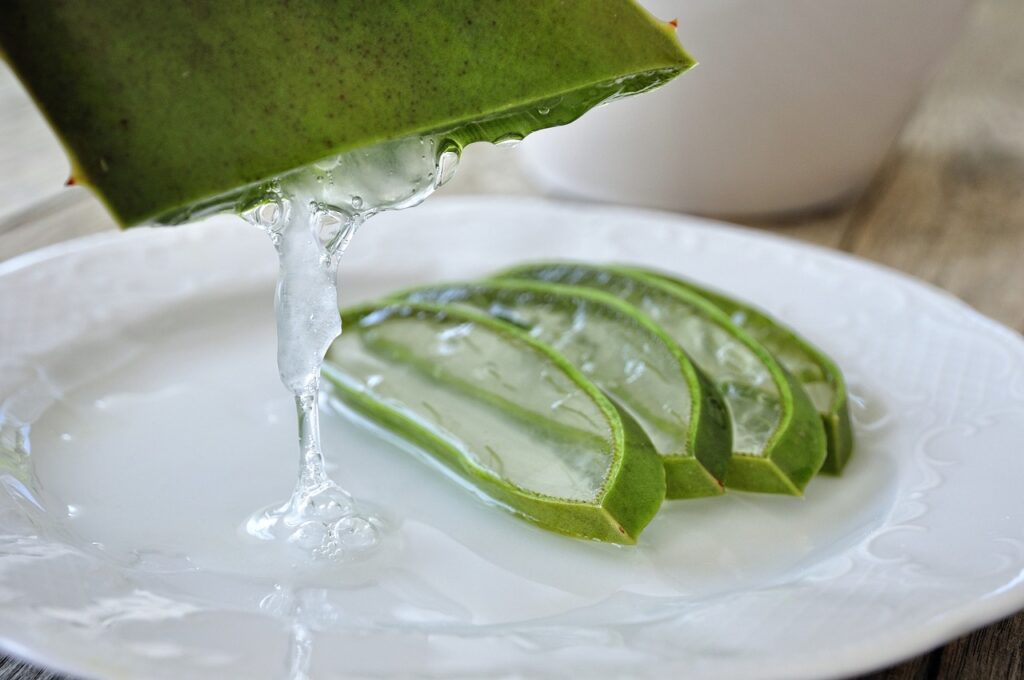Aloe Vera (Aloe barbadensis miller), known for its medicinal properties and attractive, fleshy leaves, is a popular choice for both indoor and outdoor gardens. Here’s a detailed guide on how to grow and care for Aloe Vera to enhance the beauty and utility of your garden.

Types of Aloe Vera
Aloe Vera plants come in various forms, each offering unique characteristics and benefits. Here are some popular types:
| Type of Aloe Vera | Characteristics |
|---|---|
| Aloe barbadensis miller | Traditional variety known for its medicinal properties, thick fleshy leaves. |
| Aloe arborescens | Larger variety, known as the candelabra aloe, ideal for outdoor spaces. |
| Aloe vera chinensis | Smaller, more compact variety, ideal for indoor growing. |
Growing Season
Aloe Vera plants have a specific growing season that ensures they thrive and develop lush foliage. Here’s a seasonal guide:
| Season | Activity |
|---|---|
| Spring | Plant new Aloe Vera, fertilize, start regular watering. |
| Summer | Continue watering, provide full sun, monitor for pests. |
| Fall | Reduce watering, prepare for cooler temperatures. |
| Winter | Minimal maintenance, keep soil slightly dry, avoid frost. |
Sunlight and Water Needs
Aloe Vera plants thrive in full sun and need less frequent watering to grow healthily.
- Sunlight: Full sun.
- Watering: Allow soil to dry out completely between waterings. Water sparingly when the soil is dry to the touch.
Soil Preferences
Aloe Vera plants prefer well-drained, sandy soil to promote healthy growth.
| Soil Type | pH Level | Characteristics |
|---|---|---|
| Cactus mix | 6.0-7.0 | Well-draining, prevents waterlogging. |
| Sandy loam | 6.0-7.0 | Balanced drainage and moisture retention. |
Fertilization and Nutrients
Aloe Vera plants benefit from minimal feeding during the growing season to encourage vibrant growth.
| Season | Fertilization Type |
|---|---|
| Spring | Balanced slow-release fertilizer when new growth appears. |
| Summer | Fertilize sparingly with a balanced liquid fertilizer. |
| Fall | Stop fertilizing to prepare for cooler weather. |
| Winter | No fertilization needed. |
Pruning and Maintenance
Regular maintenance helps keep Aloe Vera plants healthy and attractive. Remove dead or damaged leaves as needed.
Additional Tips for Growing Aloe Vera
- Container Choice: Use wide, shallow pots with drainage holes for container-grown Aloe Vera.
- Humidity: Aloe Vera thrives in dry conditions; avoid high humidity.
- Pest Control: Watch out for pests like mealybugs and aphids. Use appropriate insecticidal soap if necessary.
- Support: Generally does not need staking, but ensure the plant has enough space to spread.
Conclusion
Aloe Vera plants are a versatile and rewarding addition to any garden or indoor space, offering medicinal benefits and minimal care. By choosing the right type of Aloe Vera and providing proper sunlight, water, and soil conditions, you can enjoy these beneficial plants for many seasons.